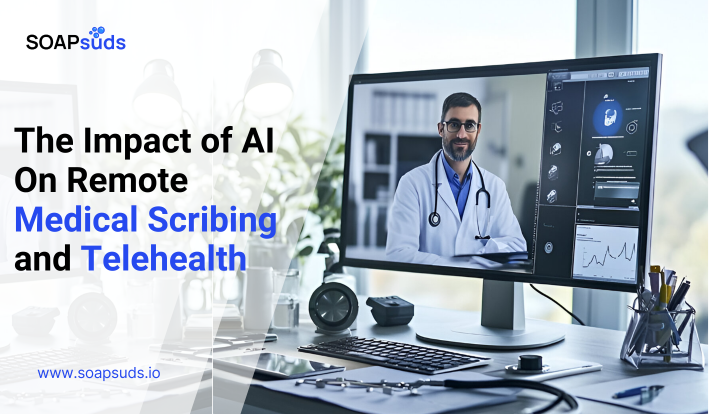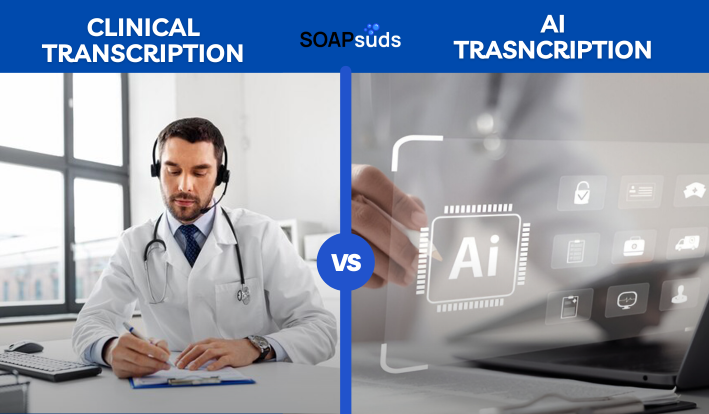Understanding and Addressing Common EHR Issues
SOAPsuds team
Published: 3/6/2025
SOAPsuds team
Published: 3/6/2025

For many therapists, managing the demands of client sessions and keeping up with the administrative...

It’s well known that telemedicine and online healthcare services have grown significantly in the post...

The moment most people hear the term "Artificial Intelligence" (AI), they often envision robots...

In-person conversations and written communication are fundamentally different. When speaking face-to-face, we often include...

Today, for the first time in recent history, most American clinicians are opting to...

Since 2010, medical documentation has become a central focus in healthcare discussions. The process of...
Clinical Notes
SOAP notes
DAP notes
AI medical notes